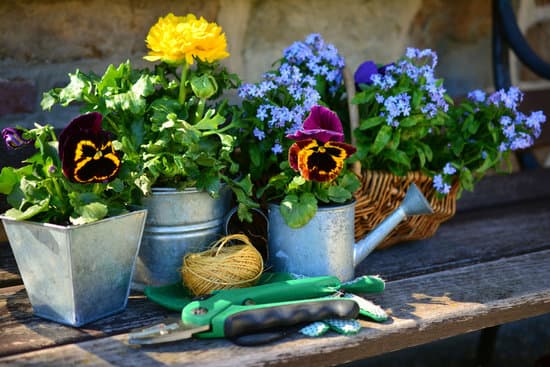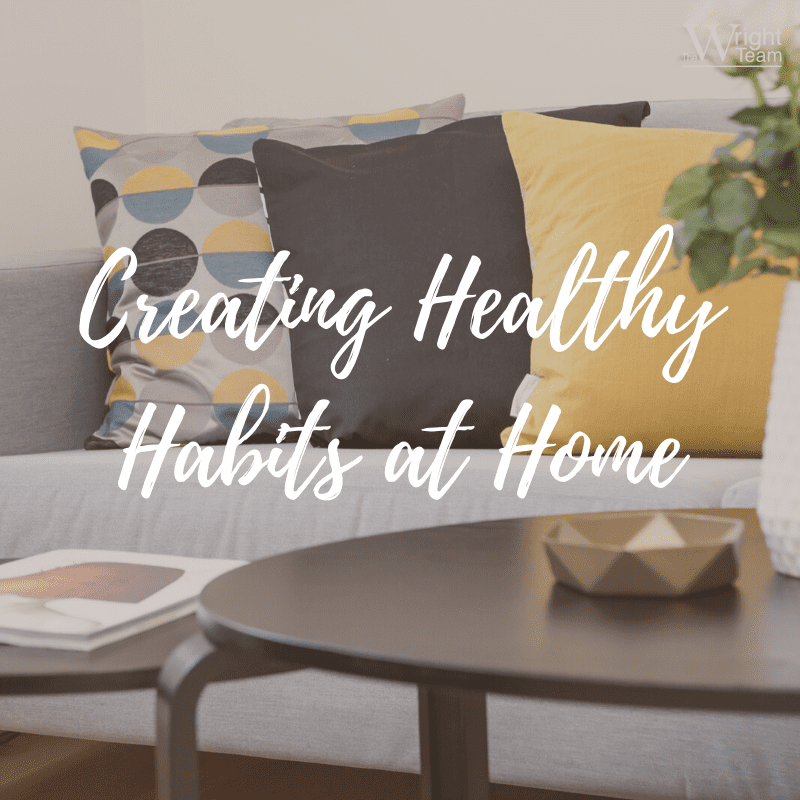November 1, 2019 | Home Organisation
Principles Of Organizing That Work In Every Room
Passive zones are the less frequently used spaces in your home, including the guest room, garage or basement, very high and very low shelves, and nooks deep within closets.
A common organizing mistake is to clutter your prime active zones with items you don’t frequently need. For example: Don’t keep your spare lightbulbs in the top drawer in the kitchen when you only need to grab one every few months!
If you use containers that aren’t transparent, be sure to label them clearly — or take it a step further and label each with a photo of the objects inside. (Instant cameras are ideal for this.)
When you need to go get something, you’ll get it out — it doesn’t really matter where it is — but when it’s time to clean up, we all get a little lazy.
To increase the likelihood of stuff being put back in its place, use easy-to-access bins, baskets and hampers, simple filing systems, and wall hooks for frequently used items.
When you’re organizing your stuff, remember this and group everything you need to complete a task in the same place.
For example, you could make one box for medications, another for spare office supplies, one for holiday cookie cutters and sprinkles, and so on. Labeled shoebox-size boxes (like the ones shown here) work well for grouping small items together.
Instead of allowing these random items to pile up, create a dedicated space that can handle them and keep them neat.
If you have room by the main entrance to your home, this is the most logical spot — a few baskets on a shelf and some wall hooks should do the trick.
Avoid this organizing nightmare and go vertical instead. Use shelf risers to increase cabinet capacity, store sheet pans and trays in a vertical holder, and use wall-mounted holders to store brooms and mops so they won’t tip over.
Take preventative measures by choosing the right storage container for the job. Photographs and paper memorabilia should be stored in acid-free containers or albums, and textiles should be kept in breathable storage boxes or bags designed for that purpose.
Keep heavy items at or below waist height, including boxes, kitchen equipment (those dutch ovens and stand mixers weigh a ton!) and anything else that takes some real effort to lift.
And if you live in earthquake country, this is doubly important: You don’t want heavy items falling out of high cupboards and landing on someone’s head.











